In today’s fast-paced industrial landscape, innovation is critical in optimizing operations and ensuring safety. The thermal imaging camera is a groundbreaking technology that is reshaping the way inspections are conducted. With its ability to detect temperature variations and provide precise data, a thermal camera has become an indispensable tool across various industries.
The adoption of thermal imaging cameras has been revolutionary, from enhancing predictive maintenance to improving workplace safety. This article explores how these cameras transform industrial inspections, their diverse applications, and why choosing the best thermal camera can make all the difference.
What Is a Thermal Imaging Camera?
A thermal imaging camera, also known as an IR camera or infrared camera, is a device that captures temperature differences in the form of infrared radiation. Unlike traditional cameras, which rely on visible light, these cameras detect heat energy emitted by objects. The collected data is then processed into a thermal image, visualizing temperature variations. Industries rely on infrared thermal imaging cameras to identify potential issues that are otherwise invisible to the naked eye. Whether pinpointing electrical faults or detecting insulation gaps, these cameras have become a cornerstone of modern inspections.Key Benefits of Thermal Imaging Cameras in Industrial Inspections
1. Non-Destructive Testing
One of the standout advantages of using a thermal image camera is its non-invasive nature. Unlike traditional inspection methods that may require dismantling machinery or equipment, a thermal camera allows inspectors to perform assessments without causing damage. This not only saves time but also reduces operational downtime.2. Enhanced Predictive Maintenance
Predictive maintenance is crucial for ensuring uninterrupted operations and infrared cameras play a vital role. By detecting heat anomalies in equipment, such as motors, bearings, or electrical circuits, these cameras enable industries to address issues before they escalate into costly failures.3. Improved Safety Standards
Safety is paramount in any industrial setting. A thermal imaging camera helps identify overheating equipment, potential fire hazards, and electrical faults, significantly reducing the risk of accidents. With the best IR camera, industries can maintain a safer work environment for their employees.4. Energy Efficiency
In many industries, energy efficiency is closely tied to profitability. Thermal imaging cameras can detect heat loss areas, such as poorly insulated pipes or ducts, allowing companies to implement corrective measures. By addressing these inefficiencies, businesses can lower energy consumption and reduce costs.Applications of Thermal Imaging Cameras Across Industries
The versatility of infrared cameras has made them an essential tool across various sectors. Here’s how they are being utilized:1. Manufacturing and Process Industries
Precision is key in manufacturing. A thermal image camera helps monitor machinery temperatures, ensuring optimal performance. These cameras are invaluable for quality control for industries like steel and glass production, where extreme temperatures are involved.2. Oil and Gas Sector
The oil and gas industry deals with high-risk environments where safety is critical. A thermal camera detects gas leaks, monitors pipelines, and ensures storage tanks’ integrity, significantly reducing the likelihood of catastrophic incidents.3. Renewable Energy
Solar farms and wind turbines require regular inspections to maintain efficiency. A thermal imaging camera can identify faulty solar panels or overheated turbine components, ensuring consistent energy production.4. Automotive Industry
Thermal imaging revolutionizes vehicle diagnostics by identifying overheating components like engines and exhaust systems. Automotive engineers can enhance vehicle performance and safety with an infrared thermal imaging camera.5. Electrical Inspections
Electrical systems often generate heat before a fault occurs. A thermal imaging camera can detect hotspots in wiring, breakers, and transformers, preventing potential failures or fires. Regular thermal inspections with an infrared thermal imaging camera are now standard practice in electrical maintenance.6. Construction and Building Inspections
In construction, infrared cameras identify insulation gaps, water leaks, and structural defects. Inspectors can quickly locate problem areas by visualizing temperature differences, making building maintenance more efficient.How to Choose the Best Thermal Camera for Your Needs
With various options available in the market, selecting the best IR camera for industrial inspections can be challenging. Here are some factors to consider:- Resolution: A higher resolution ensures more transparent and detailed thermal images, making it easier to identify issues.
- Temperature Range: Choose a thermal camera with a suitable temperature detection range depending on your industry.
- Portability: Lightweight and compact cameras are ideal for on-the-go inspections.
- Integration Features: Look for cameras with features like wireless connectivity, data logging, and software compatibility for seamless integration into your workflow.
- Durability: Industrial environments can be harsh, so opt for a rugged infrared camera that can withstand tough conditions.
